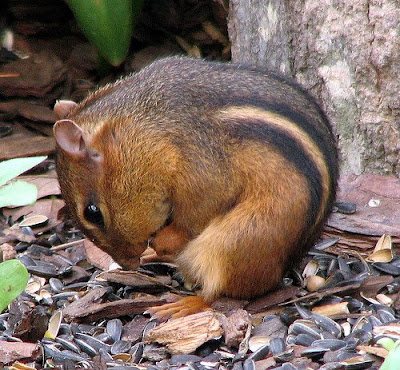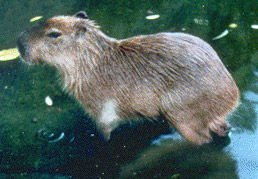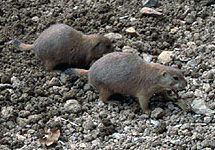Rodents 'are smart enough'
26/03/2008 14:22 - (SA)
(From News24.com)
-Thanks Dru for finding this article.
Tokyo - Rodents can be trained to use tools and understand their functions, a Japanese study said on Wednesday, challenging a view that only primates and some birds are smart enough.
Six adult "degus" rodents, a kind of small rat, were trained at a laboratory at the Japanese government-funded RIKEN research institute and all of them were able to use a tiny T-shaped rake to retrieve food, it said.
In the final stage of the 60-day experiment, they were pulling the tool towards themselves to hold onto it and then moving it to obtain food, the study showed.
"A conventional view holds that the use of tools is a high-level ability, but animals in the class of rodents can do it if they are trained accordingly," said Kazuo Okanoya, who heads the study team, told AFP.
The findings suggested that a wide range of animals could use tools, although it may be doubtful for fish, he said.
It is the first study in the world to demonstrate that rodents can be trained to manipulate tools in a systematic way and understand their functions, according to the team.
The study, published on the online edition of the US science journal PLos ONE on Wednesday with motion pictures, showed that trained rodents picked at random all understood the tool.
The study said that "socio-ecological" factors may be the most important, rather than innate physical characteristics, in whether animals can use tools.
In one test they were given two tools - a familiar functional rake and a non-functional tool that lacked a blade or had a raised blade. They chose the functional one without hesitation in most cases.
They chose the correct tool without being tricked by its colour or size, the study said.
As it is easier to study rodents than macaque monkeys - the conventional laboratory animal for such research - the team hopes to conduct more research into what is happening in the brain at a molecular level when animals use tools.
The degus, whose scientific name is Octodon degus, is originally from Chile.





































